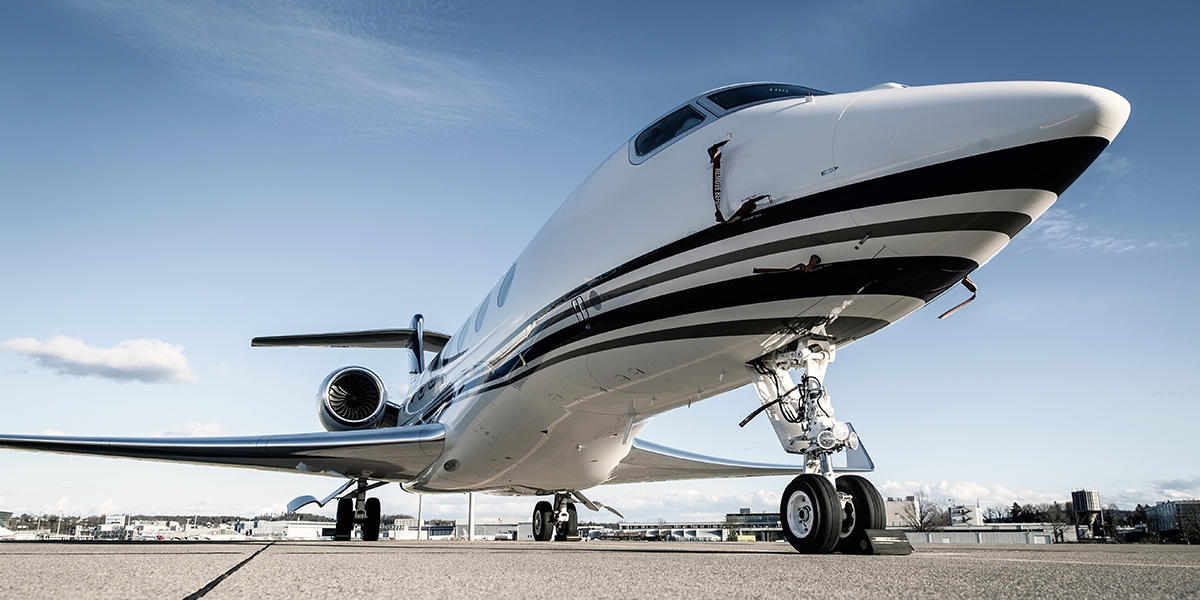Global Aerospace's SM4 Aviation Safety Program Provides Valuable Insights on Defining Modern Airmanship
Manage episode 347598273 series 3290499

I’ve been studying the dynamic of the human-machine interface since 2001, the year I transitioned to my first fully integrated, glass-cockpit airplane. Even then there was a lot of published research, yet nowhere could I find a thought-through, uniform approach that would explain most of the capabilities and challenges of the modern flight deck and an organized approach to developing the kind of performance the most experienced pilots around me were demonstrating already.
For almost 10 years, my “Handbook for Glass Cockpit Airmanship” was a row of loose-leaf binders containing hundreds of research papers from some of the finest human factors and engineering organizations in the world.
Forced to distill the knowledge and expertise of a rapidly expanding field of human performance, I managed (with some help) to find a way to organize the vast amounts of research, results of our field work and observed “industry best practices” into a group of principles that aviators of every stripe could access and identify with. We eventually turned this into our first book, “Automation Airmanship: Nine Principles for Operating Glass Cockpit Aircraft” (McGraw-Hill Professional, 2013).
I have told many pilots and crew that we didn’t set out to write a book. All we really wanted to do was help others succeed faster. But in the end, we wrote the book that in the beginning we could not find.
Defining Airmanship
In the first chapter of my friend and colleague’s seminal book on modern aviation human factors, “Redefining Airmanship,” Tony Kern writes:
“Expert flyers are said to have good hands, judgment, discipline, common sense, and situational awareness, but no one seems to agree with an all-encompassing picture of superior airmanship. Perhaps the inability to put our finger on a precise definition of airmanship illustrates a problem that goes beyond mere semantics. How can we train to become what we cannot define and might not fully understand?”
In the 25 years since the book’s publication, the global aviation fleet has had a nearly 100% turnover in its makeup of primarily “steam-gage” (round-dial) aircraft whose cockpits were manned, in many cases, by a crew that included a dedicated flight engineer. And like many researchers have observed (including myself), no one could have foreseen the complications and unique problems that a smaller crew in a more complex cockpit would create.
Our definition of “Automation Airmanship” has remained unchanged for over 10 years—perhaps a sign that it just may possess the resilience to hold its meaning for another decade. Here it is for your reference:
“Automation Airmanship: the understanding and application of automation to airmanship, to ensure balanced situational and mode awareness and crew workload through the full realm of automation, from no automation to fully coupled, to provide for the safest and most efficient flight.”
When in Doubt, Fly First
I’ve had the opportunity to examine accidents and near-accidents over the span of two decades, specifically when they involve advanced, highly automated aircraft. One theme continues to be present in nearly all of them. Crews that have experienced an undesired aircraft stat
Powered by KISS PR Brand Story Press Release Distribution - Hosted by Qamar Zaman
438 episodes




